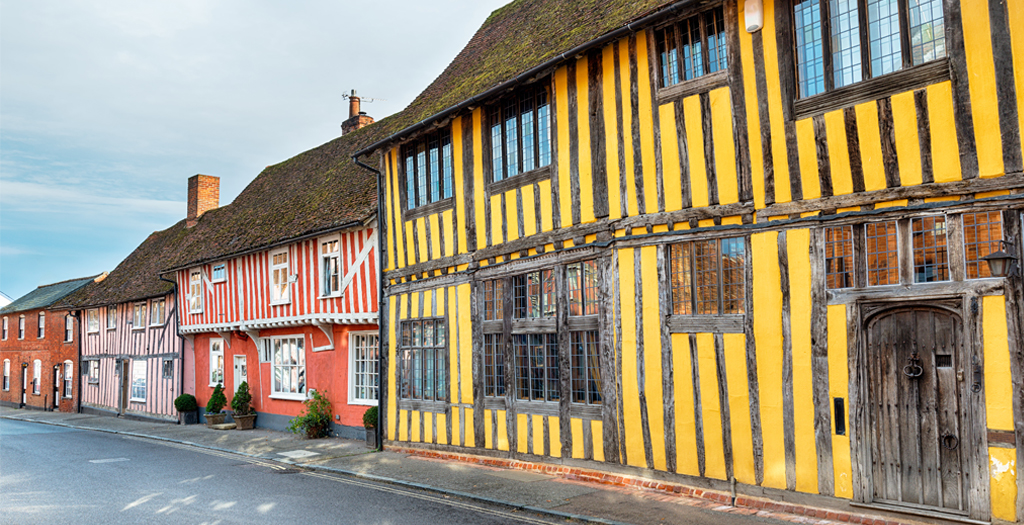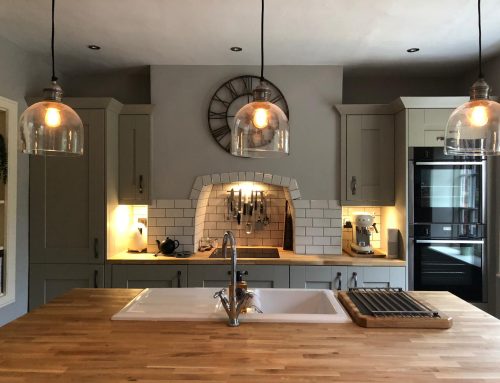[av_one_full first min_height=” vertical_alignment=” space=” row_boxshadow=” row_boxshadow_color=” row_boxshadow_width=’10’ custom_margin=” margin=’0px’ mobile_breaking=” border=” border_color=” radius=’0px’ padding=’0px’ column_boxshadow=” column_boxshadow_color=” column_boxshadow_width=’10’ background=’bg_color’ background_color=” background_gradient_color1=” background_gradient_color2=” background_gradient_direction=’vertical’ src=” background_position=’top left’ background_repeat=’no-repeat’ highlight=” highlight_size=” animation=” link=” linktarget=” link_hover=” title_attr=” alt_attr=” mobile_display=” id=” custom_class=” aria_label=” av_uid=’av-suku’]
[av_image src=’https://217.199.187.192/phihome.co.uk/wp-content/uploads/2020/08/Listed_buildings.jpg’ attachment=’1360′ attachment_size=’full’ copyright=” caption=” styling=” align=’center’ font_size=” overlay_opacity=’0.4′ overlay_color=’#000000′ overlay_text_color=’#ffffff’ animation=’no-animation’ hover=” appearance=” link=” target=” id=” custom_class=” av_element_hidden_in_editor=’0′ av_uid=’av-kd04l6f2′ admin_preview_bg=”][/av_image]
[av_hr class=’invisible’ icon_select=’yes’ icon=’ue808′ font=’entypo-fontello’ position=’center’ shadow=’no-shadow’ height=’50’ custom_border=’av-border-thin’ custom_width=’50px’ custom_margin_top=’30px’ custom_margin_bottom=’30px’ custom_border_color=” custom_icon_color=” id=” custom_class=” av_uid=’av-kd04ks2s’ admin_preview_bg=”]
[av_textblock size=” av-medium-font-size=” av-small-font-size=” av-mini-font-size=” font_color=” color=” id=” custom_class=” av_uid=’av-kby1o1aa’ admin_preview_bg=”]
Listed Buildings – the dos and don’ts
[/av_textblock]
[av_hr class=’invisible’ icon_select=’yes’ icon=’ue808′ font=’entypo-fontello’ position=’center’ shadow=’no-shadow’ height=’20’ custom_border=’av-border-thin’ custom_width=’50px’ custom_margin_top=’30px’ custom_margin_bottom=’30px’ custom_border_color=” custom_icon_color=” id=” custom_class=” av_uid=’av-kby1tih3′ admin_preview_bg=”]
[av_textblock size=” av-medium-font-size=” av-small-font-size=” av-mini-font-size=” font_color=” color=” id=” custom_class=” av_uid=’av-kby1n9og’ admin_preview_bg=”]
If you own a listed building, it’s important you know what type work you require consent for and what jobs you don’t.
According to Historic England there are around 500,000 listed buildings of special interest on the National Heritage List for England. The vast majority – over 90% – are Grade II buildings, and if you live in a listed building this is the most likely grade of your home.
What type of building work do you need Listed Building Consent for?
When it comes to gaining consent for building work on listed buildings – there are no set rules, with each building being judged individually. But it is important you deal with this issue thoroughly because it is a criminal offence to carry out works to a designated historic building without consent when it is needed. Historic England states that homeowners will need Listed Building Consent for all work to a listed building that involves “alterations, extensions or demolition and will affect its character as a building of special architectural or historic interest”.
The type of building work that does not typically require consent includes maintenance and repairs to the property as long as you are using traditional building techniques. Repairs to windows and walls, and refurbishments of kitchens and bathrooms also usually fall into this category. The type of work that usually requires consent includes replacing windows and doors, changing fireplaces and removing internal walls to change the internal layout of a property.
Your local authority’s conservation officer will advise you on what will require consent on your property and we suggest contacting them early on in the process if you are unsure about the status of any work you are planning.
Here are a few pointers on Listed Building Consent and some of the most common home improvements projects:
Building an extension
Historic England states that any new extension should not dominate a historic building. This means the new build should be lower and smaller than the original building. Typically, extensions on historic buildings are built at the back or side of the property, as this has less impact on the overall look because it cannot be seen from the front.
Replacing windows
Historic windows of interest should be retained wherever possible through a careful matching repair, according to Historic England. If repair really is not possible then an accurate copy should be made. However, if the window you wish to replace was put in during a later phase of construction on the building and is not of historic importance, then the rules are not so stringent.
Repairing and replacing doors
If you are thinking about replacing the front door, check if it is a historic one. If it is, it is advised that it should be kept wherever possible, along with any historic furniture, such as the knob, knocker and letterbox. Most doors can be repaired – a task that is usually cheaper than to replacing it. If you do have to have a new door made, make sure it matches the original.
Removing internal walls
Historic England suggests homeowners work with the historic ‘grain’ of listed buildings, meaning they should keep the main rooms and the stairs in their existing positions. It may be possible to remove internal walls to make larger rooms or to divide a large room to make smaller spaces but this will very much depend on the historic importance of the wall or room.
If you are planning to convert an old cellar or basement into a habitable room, we advise seeking professional help, as these spaces below ground often suffer from damp and need to be well-ventilated.
If you own a listed building and are considering a building project, we are happy to talk through your ideas with you. Please contact us on Bury St Edmunds: 01284 386899, Cambridge: 01223 789786 or email: info@217.199.187.192
[/av_textblock]
[/av_one_full]







Leave A Comment
You must be logged in to post a comment.